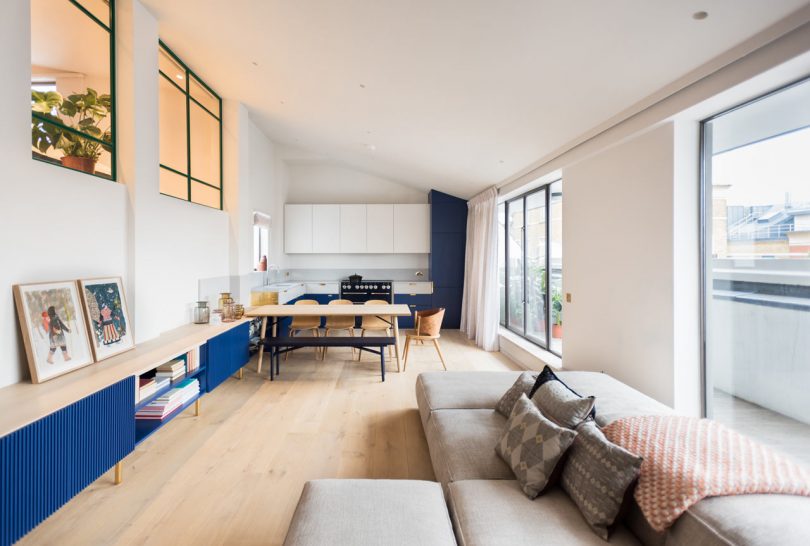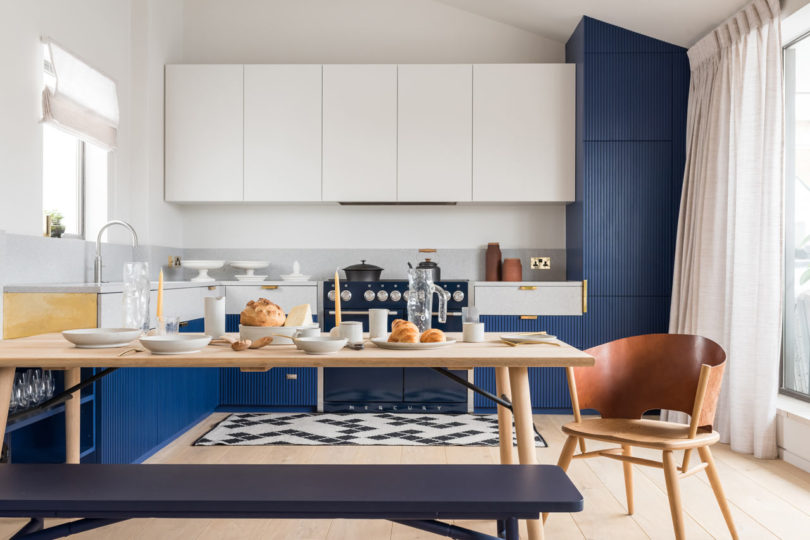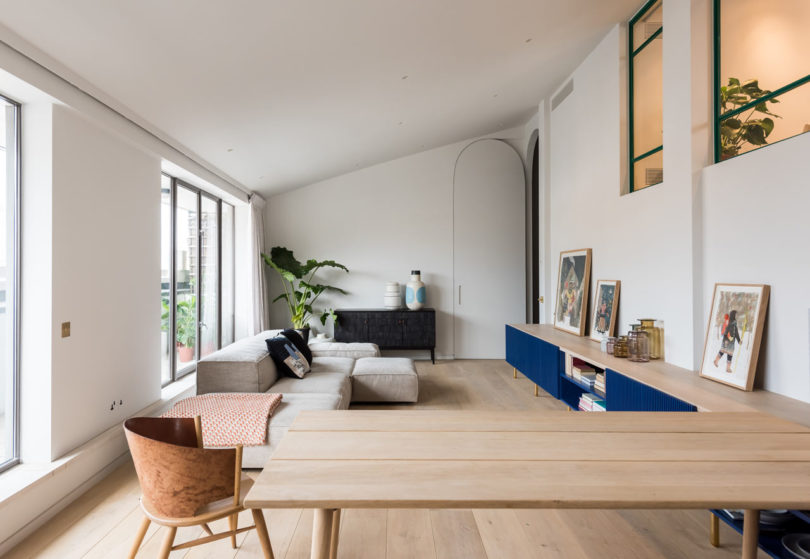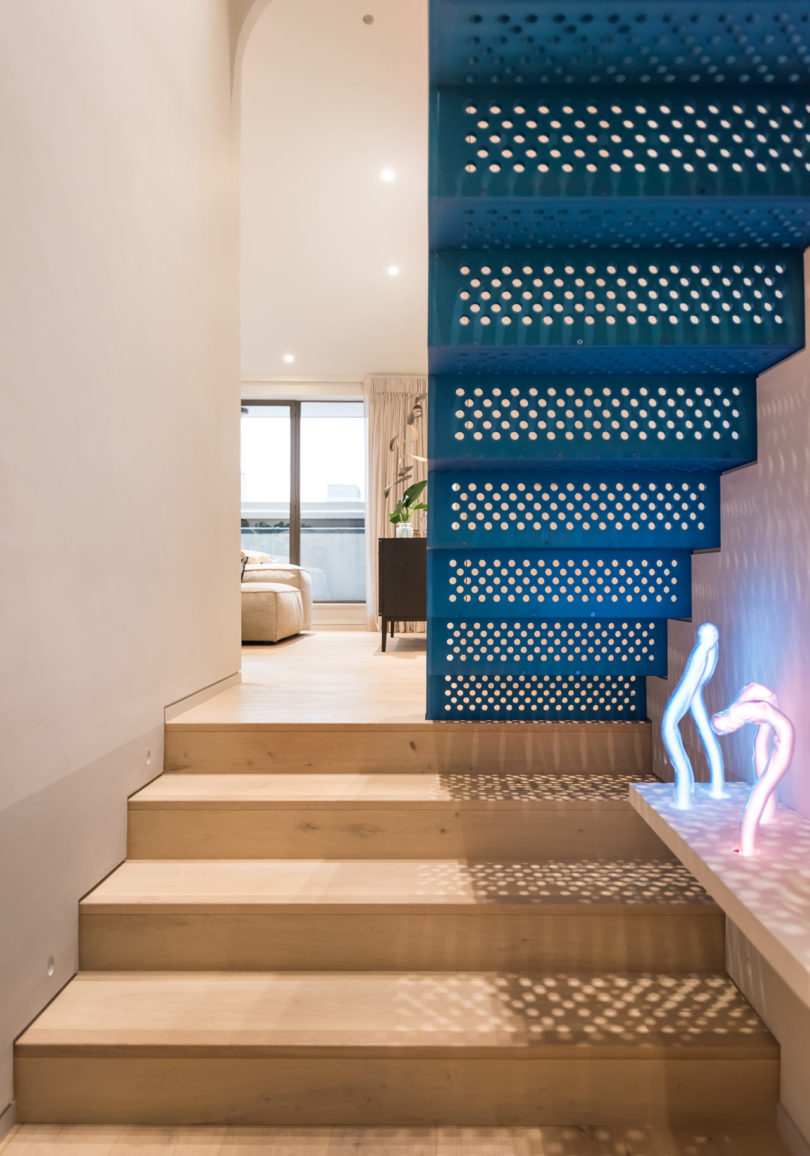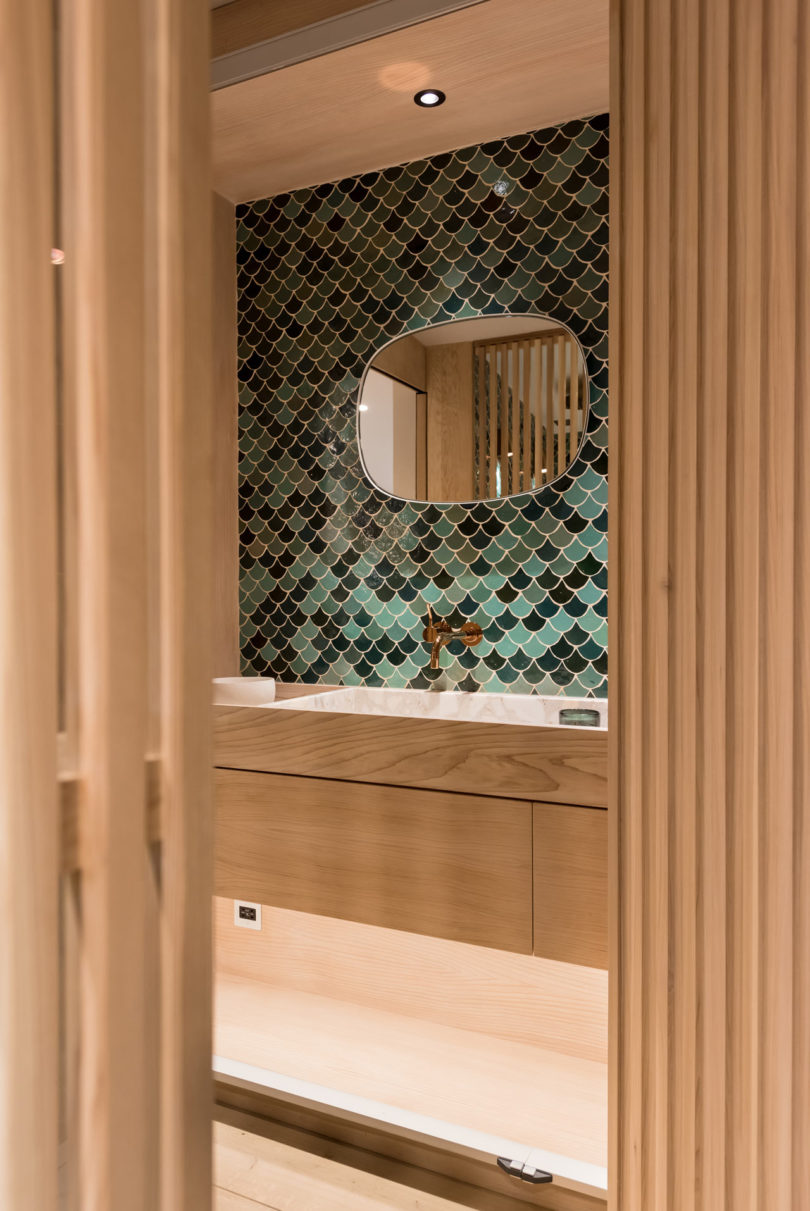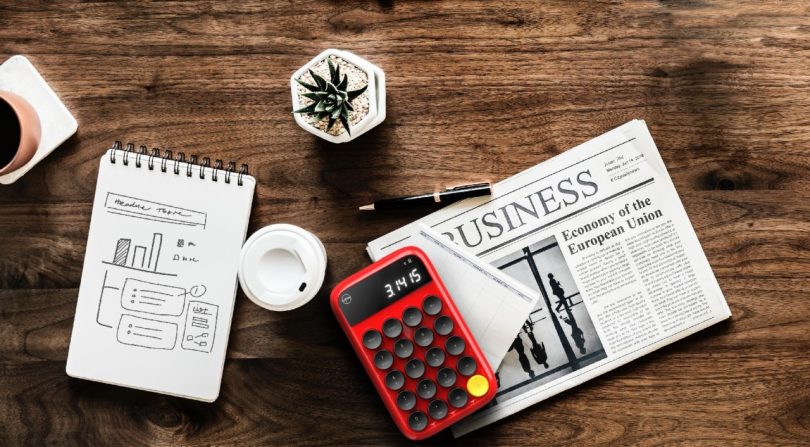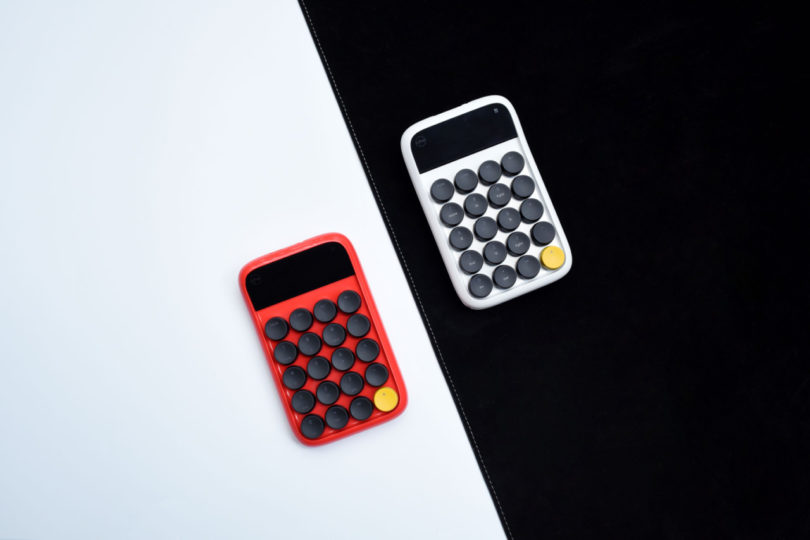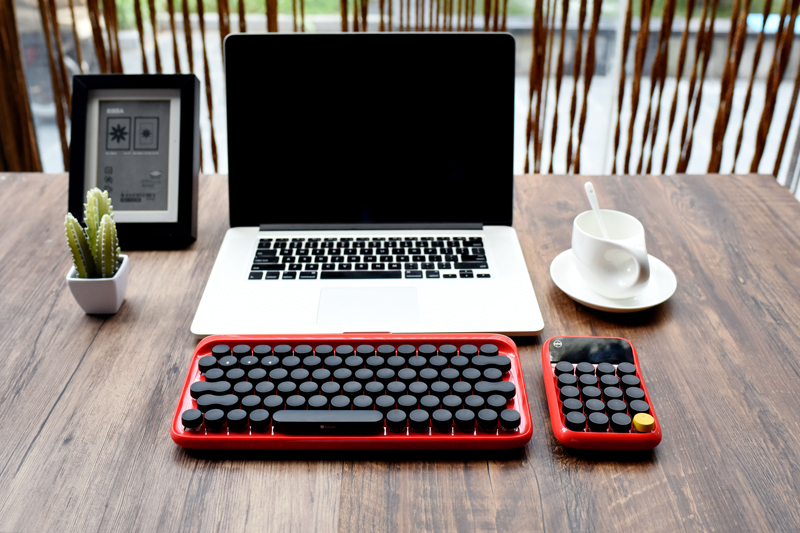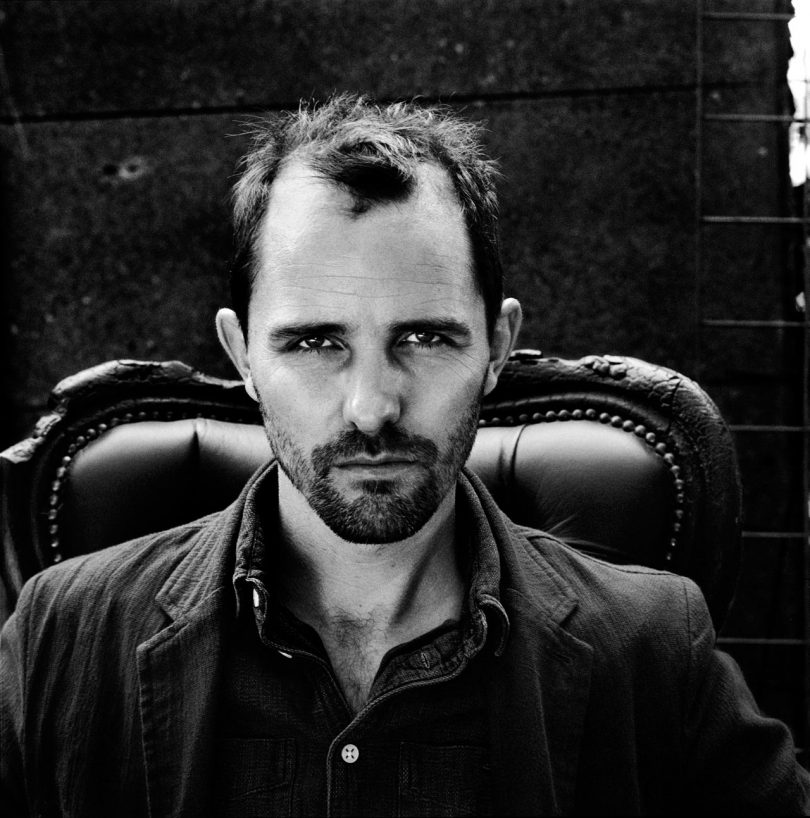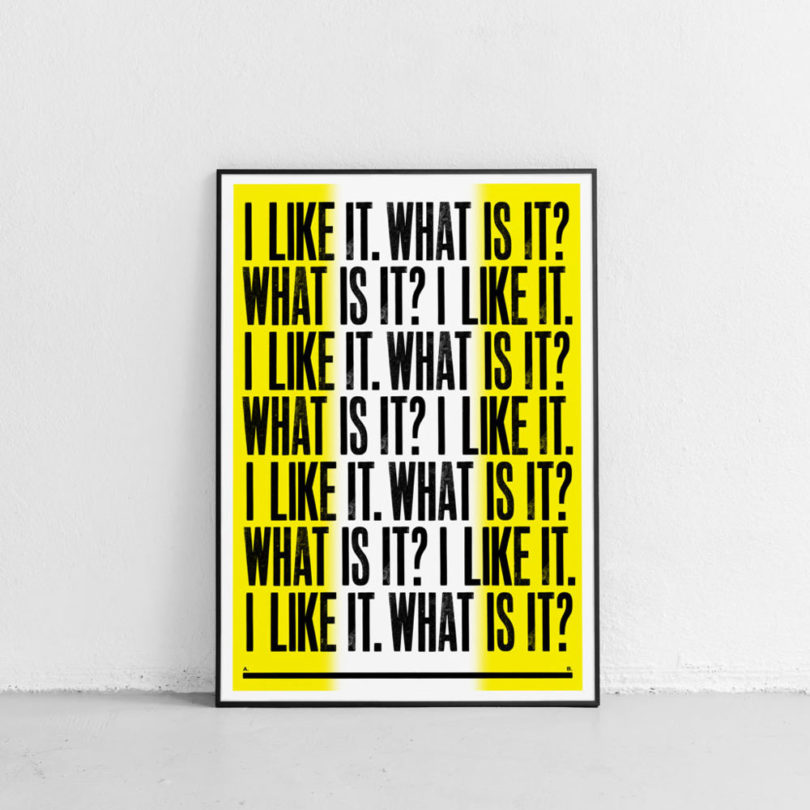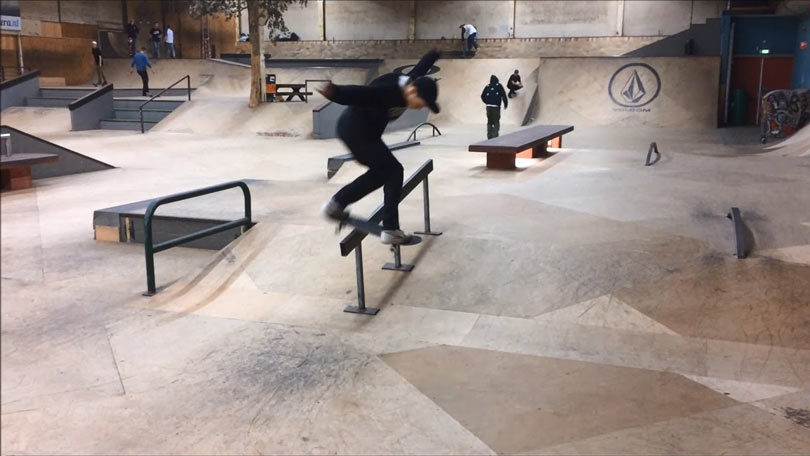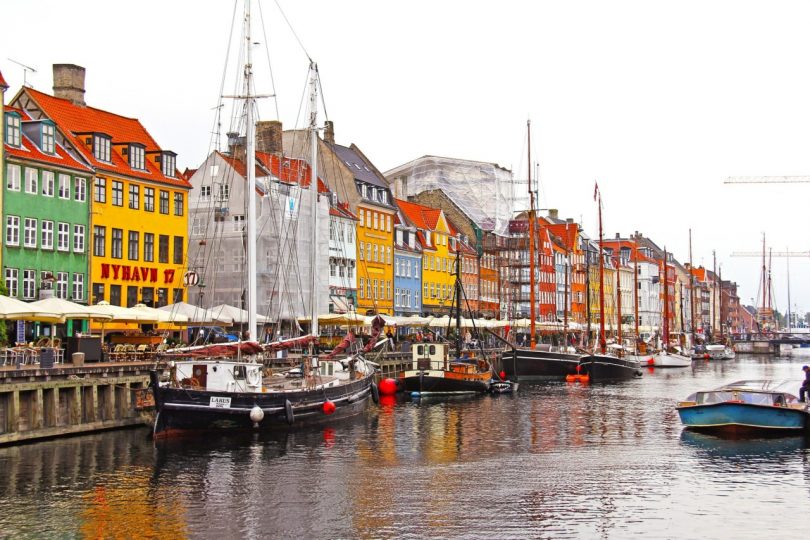
After a brief visit this past spring, I’m a convert in the belief that if you only had time to visit one Nordic city in your whole lifetime, choosing Copenhagen would not be a terrible idea. If you’re a design lover, you’ve found the design capital. If you’re looking for experiential cuisine unlike anything you’ve ever tasted back at home, you’ve come to the right spot. If you’re just searching for paradisal utopia where everyone is nice, the weather is just right and the sun sets at 10pm (in the summer) so that you can enjoy your vacation to the fullest, say Hej! to your favorite new city.
WHERE TO STAY
Copenhagen is one of those cities where beautiful design is just so abundant, the Danes barely bat an eye. Meanwhile, as an American, I’m ogling at this chair here, that fixture there, the effortless styling of this vignette over here. That said, when it comes to hospitality, the Danes do it so well. The extravagance and glam factor is still there but it’s never ostentatious. It’s subtle, it’s effortless, it’s stylistic yet functional.

Located in the Latin Quarter of Copenhagen, the Hotel SP34, one of four hotels in the Brøchner Hotels collective, is a laid-back yet stylish option for travels on business. With an abundance of public spaces to lounge or to work, two restaurants, and two bars, SP34 feels like a gathering spot for locals rather than a hotel just for sleeps and showers.


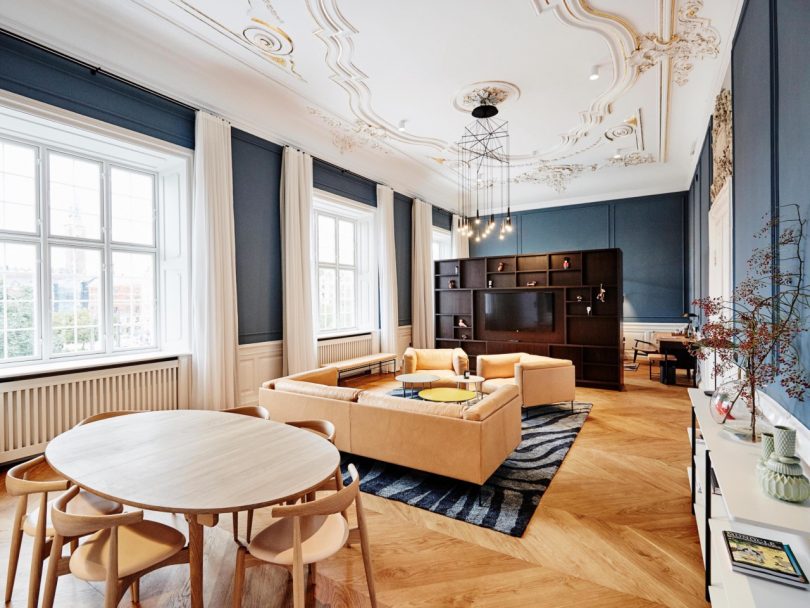
The Nobis is my pick if you want a place that’s modern yet still feels authentic. A part of the Design Hotels collective, the Nobis is designed by renowned architect Gert Wingårdh who designed the hotel with a style that’s an “updated take on Le Corbusier.” With its original motifs and crown molding, minimalist furniture and fixtures, this place is a beautiful blend of both contemporary and classic Danish design under one roof.



For a truly experiential stay, the Krane is a unique pick because of is location. It’s located in an old coal crane! All black everything, from furniture and flooring to ceilings and walls, gives this hotel a moody ambience and demure backdrop to contrast Copenhagen’s colorful architecture.
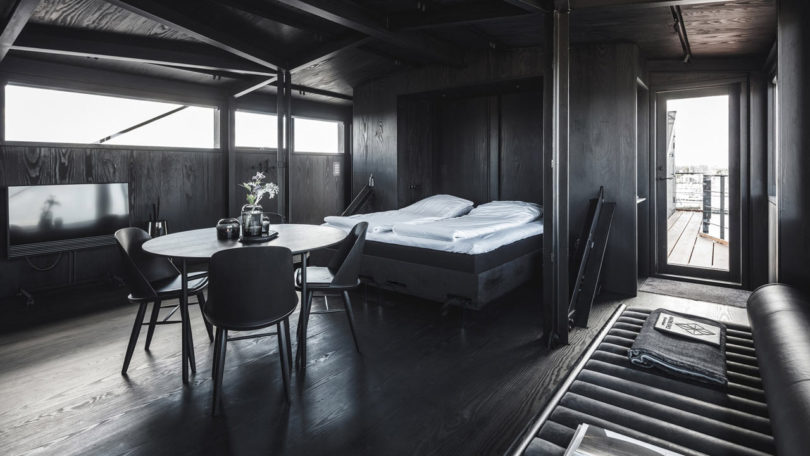

Notable mentions: Radisson Collection Hotel, Royal Copenhagen \\\ Hotel Sanders
WHERE TO PLAY

SPACE10 brands itself as a future-living lab located right in the heart of Copenhagen. Powered by IKEA (while remaining a complete separate entity), SPACE10 explores global issues and the possible solutions to those problems, such as urban farming, sustainable plant alternatives for food and energy, and small city living. The space occasionally holds programs to invite locals and jumpstart the conversation on a variety of topics. Events are almost always sold out, so if you’re visiting Copenhagen and have a thirst for new, refreshing and innovative ideas and concepts, pen SPACE10 into your itinerary.


Urban farming inside SPACE10.
By now, you’ve probably already heard of the Amager Bakke, the power plant that doubles as a ski slope designed by Bjarke Ingels. Although it’s not completed yet, the architecture alone is worth a bike ride over. With such an innovative concept (it’s intending to be the cleanest incineration plant in the world), you’ll want to cross this off your design bucket list.
We don’t usually do a lot of food recommendations but Noma 2.0 is an exception. If you’re a foodie with an affinity for gastronomic experiences, save up a pretty penny or two and splurge on a meal designed by world-renowned René Redzepi. You’ll have to plan well in advance and hope for the stars to align for reservations but you’ll receive an out-of-body experience upon first bite. If you’re a little short out of luck, Barr is the Snøhetta-designed restaurant that overtook the original Noma location. Redzepi and chef Thorsten Schmidt created this Nordic restaurant to bring the flavors of North and Baltic Seas into a more casual dining atmosphere.

Numen/For Use tape installation inside the Nikolaj Kunsthal
For the art gallery hopper, might we suggest the Nikolaj Kunsthal Arts Center? Located in one of the oldest churches in the city, the Church of Saint Nicholas (which no longer functions as a church), this art gallery features contemporary artists, interactive installations, and a collection of innovative art. The architecture of the 13th century church alone is also worth the visit.
Notable mentions: National Museum of Denmark \\\ Design Museum Denmark \\\ Ny Carlsberg Glyptotek \\\ Ordrupgaard (reopening 2019)
WHERE TO SHOP

It would be almost sacrilegious to write a travel guide on Copenhagen and not include a visit to the Hay House. Located in central Copenhagen, it features over two huge floors of modern design in an old building on Østergade. While you probably won’t be lugging home a coffee table, a small souvenir from the flagship store in the form of a vase or tray will bring back memories when you see it in your home.

My souvenir of choice when visiting new countries: sunglasses, specifically ones that are unique to that country. Eyewear is one of those things that, if designed right, will always elicit a “I like those! Where did you get them from?” If you’re looking for a new pair, try Han Kjøbenhavn. The brand only has two stores (the other is in Aarhus) so there’s a slight satisfaction in knowing that you probably won’t run into someone with the same glasses when you come back home. You can shop for other fashion apparel while you’re here too.

Situated in Istedgade, DANSK Made for Rooms is filled with furniture and home accessories that will appeal to anyone: kids, design lovers, cooks, ceramicists and more. The shop curates an impeccable list of designers and makers, local and afar, which makes shopping for souvenirs that much easier.
Notable mentions: Ferm Living \\\ Skandinavisk \\\ Domusnord \\\ Edie
FINAL WORDS
Looking for a short day trip out of the city? Head north to Humlebæk, approximately 22 miles from Copenhagen, to visit the Louisiana Museum of Modern Art (named after a nobleman who had three wives, all named Louise – go figure!). Whether you’re indoors checking out the latest exhibition or outdoors enjoying the museum grounds, you’ll most likely dismiss the rest of your day’s plans because you won’t want to leave.
If you can, visit Copenhagen in the summer because it is a dream. The sun sets at around 10pm, giving you long hours to bike around the city or mosey along the Nyhavn canal (just be sure to close your blinds lest you desire a 4am wake-up call from the beaming sun). Everyone speaks English but it doesn’t hurt to add a few words to your vocabulary: Hej (Hello), Hej Hej (Goodbye), Ja (Yes), Nej (No), and Tak (Thank you) – so simple! While it’s always good to be aware when traveling, there’s a reason why the Danish have a reputation for being so friendly, so don’t be alarmed if you ask for directions from a local and receive a bike in return with the simple instruction to return it to XYZ Street when you’re done (true story).

from Design MilkDesign Milk https://design-milk.com/design-milk-travels-copenhagen/
